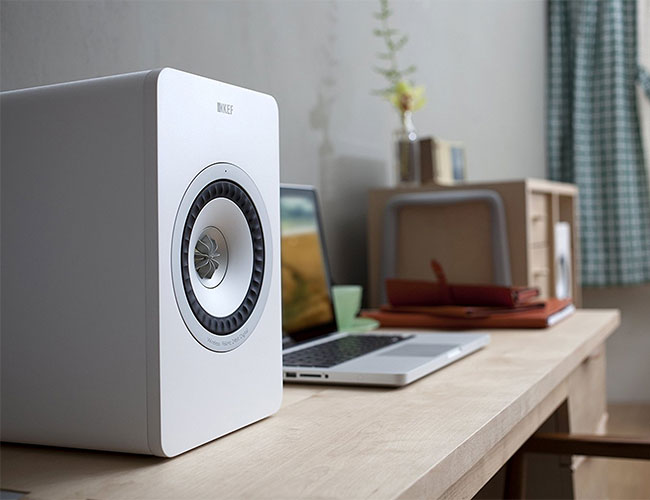Sonos doesn’t make computer speakers. Despite how closely its Play:1 and Sonos One speakers look the part — they both have virtually the look as Audioengine’s fantastic A2+ speakers — they don’t work like traditional computer speakers. In order to stream music from your laptop or desktop to any Sonos speaker, you need to use Sonos desktop app, an the Sonos app only works with services like Spotify, Amazon Music, Apple Music and Tidal. This means that anything else you play on your computer, be it a movie, YouTube video or iMessage notification, won’t play through your Sonos speakers.
There are some ways to beat the system, however. SonoAir is a third-party software patch that lets you stream audio from your Mac to any Sonos speakers over AirPlay, but it’s a little sketchy and Mac and MacBook Pro users running High Sierra have been having mixed results. You can check out this YouTube video, which will walk you through it. PCs won’t work with SonoAir because they don’t support AirPlay.
The more sure-fire way to turn your Sonos speakers into computer speakers isn’t as easy — and you can dig this information up on Sonos forums — but you can buy a Sonos Connect ($499). The streamer is typically used to stream music to analog speakers or to sync those speakers to your existing multi-room system. In this case, you’re hooking up your laptop or desktop directly to the Connect. Here’s how you do it.
Disclaimer: Sonos does not recommend doing this.
Once you get the Sonos Connect, you need to wire the laptop or desktop you’re using to the line-in input on the Connect. This will link your computer’s audio to the Sonos app; now, open the Sonos app, go to Settings, Room Settings and then choose the Sonos speakers you want to use as your new computer speakers. In the Autoplay menu, you’ll also want to select these speakers so that these Sonos are your default computer speakers. That’s it. (You can read more about line-in and autoplay on Sonos’s support page.)
Disclaimer: Sonos does not recommend doing this. Its speakers, specifically the Play:1 and Sonos One, are designed to just stream music. When I spoke to Sonos employee, via its website chat tool, they said there will likely be a 30-millisecond delay between the audio and video. To get a more accurate A/V sound, you really need an optical connection, like on Sonos Playbase or Playbar. That same employee suggested that if I was committed to using Sonos speakers as my computer speakers, that I go with a PLAY:5. Unlike the Play:1 and Sonos One, the Play:5 has a 3.5mm, meaning I wouldn’t have to setup autoplay through the app.
Turning your Sonos speakers is difficult and pricey, admittedly, and Sonos itself frowns against it. But as speakers get more and more capable, it’s getting more difficult for customers to understand why we can’t use one speaker for everything in the home. Plus, Sonos’s computer app feels nothing like the intuitive Sonos app on your phone, so if there’s a way around having to use it — I’m all for it.
If you’re interested in testing the Sonos Connect option to at least see how your current Sonos speakers work as computer speakers, Sonos has a 45-day return policy.
When debating which multi-room speakers to get, Sonos isn’t the only option. Read the Story


